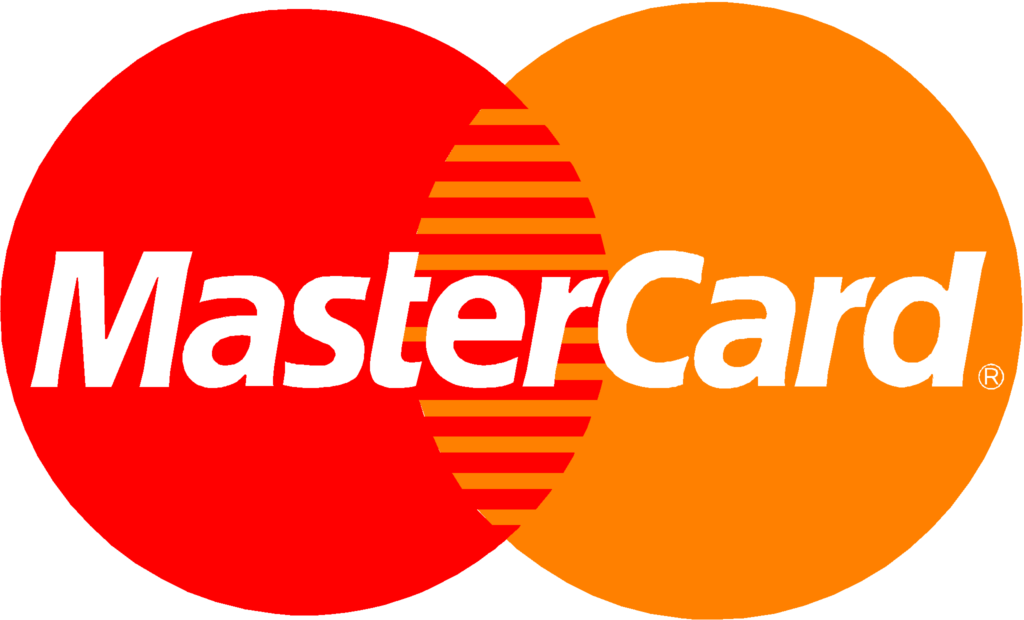You’ve probably heard of SEO, CTA, and CRM before. Nevertheless, a small three-letter acronym may have escaped your attention: the CRO.
A conversion takes place when a visitor, lead, or customer performs a desired action. This action can be a purchase, filling out a form, or even downloading an e-book. The end goal is to convert leads into customers, but a lead can do a lot of conversions before buying.
What is conversion rate optimization?
Conversion Rate Optimization, or CRO, is a process of creating an experience for your website visitors that will convert them into customers.
Conversions happen in a variety of places on your site: on the home page, the pricing page, your blog, and of course, the landing pages. You can optimize all of those conversions, so that’s what conversion rate optimization (from visitors to leads, then leads to customers) refers to.
Most online articles that talk about CRO refer to webpage or landing page optimization as these metrics come from their site and usually contain lots of conversion opportunities that can be continuously optimized.
However, conversion rate optimization can be applied to social media and is often linked to SEO. This is because if some people convert to leads or customers on a web page or landing page, we can assume that they find that content relevant.
How to optimize a landing page for lead generation?
3 great methods to optimize your conversion rates
There are several ways you can influence your conversion rates (which is why there is a full methodology around CRO) but three areas are essential to see a rapid effect.
1.Segmentation
All visitors to your website are not the same. Some just surf the internet, come to your site by chance, and never make a purchase. A few find it because they are interested in your industry and may make a purchase in the future. Still, others come to your site because they want to buy a product or service right away.
Since there are so many different people on your website, and since each of those people represents something different to your business, sometimes you should focus on a group’s conversion rate (i.e. say of a segment), and not on the overall conversion rate of your site.
By focusing on converting visitors who are interested in your business, you will achieve much better results than if you optimized the conversion rate of all visitors to your site as if they were a cohesive group.
If your marketing software allows you to use smart content – that is, personalized content based on their behavior – you will be able to convert these people more easily by creating targeted content and design for market segments.
Thanks to the intelligent content, you will be able to offer two different call-to-actions to the two different segments present on the same page. If the content on your site is segmented correctly to meet the expectations of these two groups, then you can increase the conversion rate for each.
2.The content
This element is probably the most familiar to you: what words do you use on a page and what visual elements support them. You can have a noticeable effect on your conversion rates if you shorten your texts, use more descriptive terms, or decide to call an “e-book” a “white paper”.
By performing A/B testing to see which text and content format performs the best, you will be able to improve your rates noticeably.
3.The design
You can also change your page design to determine if more visitors convert to leads. The conversion rate optimization tests related to design concern elements such as colors, spaces, alignment, or even the presentation of your pages. Much like content testing, design testing doesn’t have to be sweeping.
Changing the color of a form’s submit button on a landing page can already affect the number of people who click on it, not to mention the language, location, shape, etc.
These three elements are just a few examples of possible methods of influencing your conversion rate, but they can help you build a solid foundation for your conversion rate optimization experiences.
It doesn’t matter whether you decide to run small tests or make sweeping changes with each of these – you should see big improvements if your goal is to perform continuous optimization.










